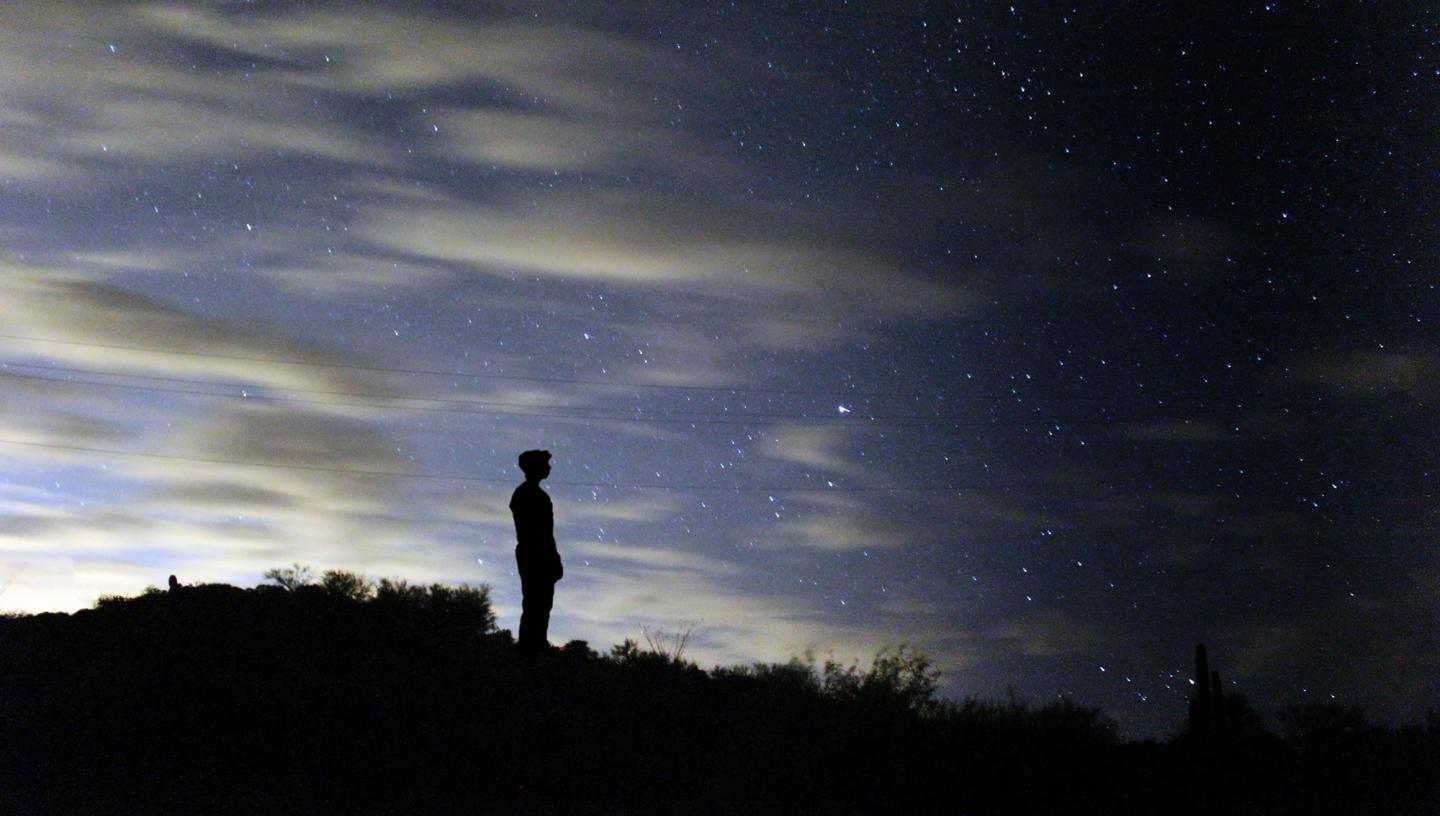
Essential Information
| Location |
Royal Observatory
|
|---|---|
03 Jan 2017
January’s highlights include the Quadrantid meteor shower and several planets. (Details given are for London and will vary for other parts of the UK.)
3 Jan – look for the waxing crescent Moon, Mars, Neptune and Venus (closest to the horizon) all in apparent alignment just after sunset in the South-western sky. Venus, often known as the evening star, will be bright enough to be seen with just your eyes as will Mars, which will appear a pinky-orangey colour. However, you’ll need a telescope to spot Neptune which will be less than 2° from Mars.
4 Jan – in the early morning you may be able to spot some meteors from the Quadrantids meteor shower. The Quadrantids can be a strong shower but the peak meteor activity lasts only a couple of hours compared to the couple of days for many other meteor showers. Most meteors are the result of dust from comets burning up as it descends through our atmosphere, but the Quadrantids is associated with an asteroid called 2003 EH1 which orbits the Sun every 5.5 years – along with the Geminids this is the only meteor shower that’s not caused by a comet.
9 Jan – you’ll find the waxing gibbous Moon 2.5° from the orange-coloured star Aldebaran. Aldebaran is the 14th brightest star in the sky and is found in the constellation of Taurus – it’s often referred to as the star in the eye of the bull. Look a little higher in the sky above Aldebaran to find the Pleiades – an open cluster of stars. Try counting the 7 visibly bright stars with your eyes and then grab a pair of binoculars or telescope to reveal hundreds of stars in this cluster.
19 Jan – in the early morning look for the last quarter Moon with Jupiter 3° away and the bluey-white star Spica also close by. The first and last quarter phases are a brilliant opportunity to look at the craters on the Moon’s surface. Point your binoculars or telescope to the terminator on the Moon – the boundary where light meets dark, where the shadows cast by the crater walls make them much easier to see. It’s a great chance to take some photos.
23–25 Jan – watch the waning crescent Moon pass first by the red star Antares, and then Saturn and Mercury over the course of three days. Look towards the south-east in the very early morning just before sunrise and head out to an open area away from trees and tall buildings as these celestial objects will be quite low down in the sky – no more than 15° above the horizon.
Get prepared for stargazing
When looking at faint objects such as the stars, nebulae, the Milky Way and other galaxies it is important to allow your eyes to adapt to the dark – so that you achieve night vision. Allow 15 minutes for your eyes to become sensitive in the dark and remember not to look at your mobile phone or any other bright device when stargazing. If you are using a star app on your phone switch on the red night vision mode.
Need a stargazing telescope or decent binoculars? Check out our range of high-quality observing equipment recommended by Royal Observatory astronomers:
See our range of observing equipment
Share your astronomy pictures
Don’t forget to share your pictures of the night sky with us on Twitter @ROGAstronomers or via Facebook. Come and see amazing astronomical images of the night sky in our free Insight Astronomy Photographer of the Year exhibition, now open at the Royal Observatory.
Visit the free Insight Astronomy Photographer of the Year exhibition
See more of the night sky
Come on a fantastic tour of this month's night sky in our Sky Tonight live planetarium show or join one of our special evenings of live astronomy.